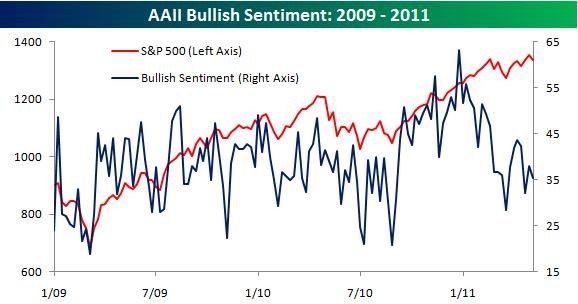AAII The American Association of Individual Investors
Post on: 3 Май, 2015 No Comment

by Charles Rotblut, CFA
Though most investors know that a cash dividend is the distribution of money to shareholders, dividend terminology is not as well-understood. Yet ordinary dividend, special dividend, ex-dividend, record date and other terminology have unique and important meanings investors should be aware of.
Dividend Types and Subtypes
The word dividend is most connoted with the cash payment of net income to shareholders; however, not all cash payments are the same. An ordinary cash dividend is the payment of a portion of earnings to shareholders. An ordinary dividend is a qualified dividend if it is paid by a U.S. corporation or a qualified foreign corporation. (Qualified dividends are taxed at the same reduced tax rate as long-term capital gains are.) Ordinary dividends differ from a distribution, which is the return of capital to shareholders.
Most ordinary dividends are regular dividends and are paid on a quarterly basis. The dollar amount per share of these payments is predictable, although a companys management may increase or decrease it. Corporate executives are loath to cut a regular dividend or cease a regular pattern of raising the amount paid unless absolutely necessary.
Some companies may pay a special dividend in addition to their regular dividend. A special dividend is an additional payment of income to shareholders. This is an amount that is unpredictable and generally in excess of the regular dividend. For many companies, it is also a one-time or unusual event. Therefore, a companys stock price will be more severely punished if the regular dividend is ended than if a special dividend is not repeated.
Since regular and special dividends are an outflow of cash, they reduce the shareholders equity. A cash dividend moves money off of the balance sheet and into the hands of shareholders. The net result is a reduced book value, the B in the price-to-book-value (P/B) ratio. When a dividend is paid, the stocks price needs to fall to adjust for the decrease in assets; otherwise the stocks valuation will become more expensive.
Dividend Dates
The announcement of a dividend is accompanied by various dates. These dates are used to determine who is eligible to receive the dividend and when the dividend will be paid. They are important dates that should be considered before buying or selling stock.
The record date (also called the date of record) is the day when the company lists an investor as a current shareholder for the purpose of determining dividend payment eligibility. In order to make this list, however, you have to own shares prior to the ex-dividend date. The ex-dividend date is two business days before the record date to allow the ownership of shares to be fully transferred and recorded. The stock price declines by an amount roughly equal to the cash dividend payment on the ex-dividend date, though market fluctuations will also impact the price at which the stock trades.
The payable date is the day when the dividend will be distributed to shareholders. Shareholders will receive a cash payment on that date.
Dividend Taxes
Qualified cash dividends are currently taxed at a 15% rate (20% for those in the top 39.6% federal tax bracket). Taxpayers in the 10% or the 15% income tax bracket are exempt from this tax. High-income earners may also have to pay the separate 3.8% net investment income ( NII ) surtax on dividends received in addition to the 15% (or 20%) levy. Dividends paid to an individual retirement account ( IRA) or other similar type of account are not taxed.
An investor qualifies for the reduced tax rates on qualified dividends if he or she owns the stock for at least 61 continuous days during a 121-day period surrounding the ex-dividend date. Failure to meet this requirement causes the dividend payment to be taxed at the higher, ordinary income tax rate.
If a corporation distributes capital instead of earnings, the qualified divided tax rate will not apply to the distribution. This is unusual, and the company will provide information on what part of the cash payment is a return of capital.
SPECIAL OFFER: Get AAII membership FREE for 30 days!
Get full access to AAII.com, including our market-beating Model Stock Portfolio, currently outperforming the S&P 500 by 4-to-1. Plus 60 stock screens based on the winning strategies of legendary investors like Warren Start your trial now and get immediate access to our market-beating Model Stock Portfolio (beating the S&P 500 4-to-1) plus 60 stock screens based on the strategies of legendary investors like Warren Buffett and Benjamin Graham. PLUS get unbiased investor education with our award-winning AAII Journal. our comprehensive ETF Guide and more – FREE for 30 days














